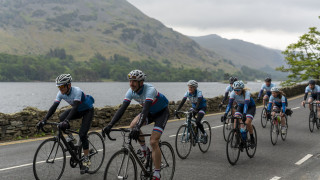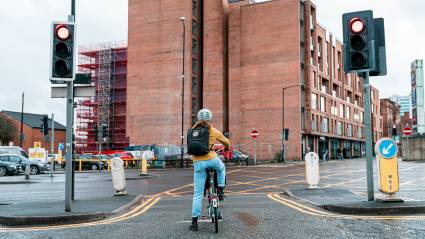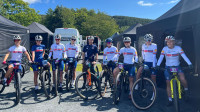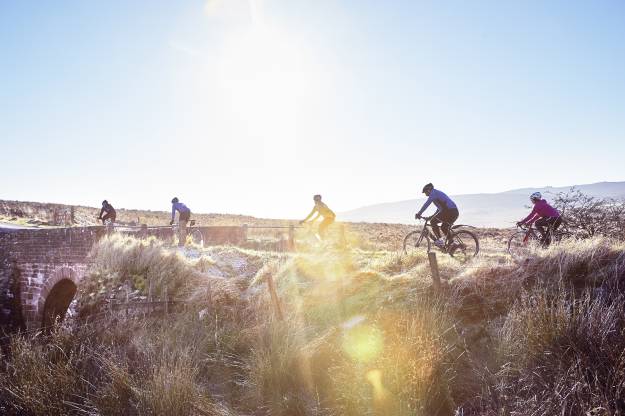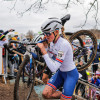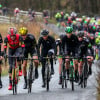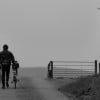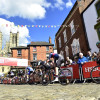Knowledge Level: Beginner
Joining a club is one of the best ways to improve your cycling skills, fitness and find like-minded friends. Know what to expect on a club run with this guide.
It's likely you have a cycling club nearby and they will be a friendly, knowledgeable and supportive bunch. But working up the courage to join your first club run can be hard. While each club will be different and the following won't be the same for each, we've tried to represent a typical club ride offering so that you know what to expect.
Why should I join a club run?
It’s one of the best ways to progress your cycling. You’ll learn how to ride safely and efficiently in a group and it’s far easier to head out for a training ride knowing you’ll be with a group of mates (rather than on your own).
Do clubs offer different levels of rides?
Most clubs will have a number of groups heading out, reflecting a range of abilities. For example, a Sunday ride will typically have an A, B and C group. The A group is fastest but often ride the same route as the B, just faster and without a café stop. The C group may ride a slightly different group with less elevation to be more welcoming to newcomers - or those who want to ride at a more sociable pace.
How fit and fast do I need to be?
You’ll need a reasonable level of fitness but you definitely don’t need to be a super fit racer. If you can ride your bike for 15-20 miles, you’ll be able to ride 30 and join a club run.
Average speeds are typically listed as part of the ride information, so you can see how you feel riding at that intensity in advance. But remember that it will be easier to maintain a higher pace for longer with a group.
Will I be dropped if I’m too slow?
No - unless the ride that you are on is listed as a 'drop' ride (typically reserved for A groups). The pace of the group is always dictated by the slowest rider. The group may split up on climbs but faster riders will wait and you’ll regroup at the top.
When you first head out with a club, ride with their slowest group. If you find it too easy, you can move up over the following weeks until you find your right level. It’s better to underestimate your ability than to really struggle and be put off.
Would I be welcome if I’m not experienced riding in a group?
Yes, everyone has to learn somewhere and a club run is the ideal place. Check out our group riding support for some helpful tips beforehand, including these top 10 tips.
Do I need to do anything special with my bike setup?
The most important thing is that your bike is well maintained and roadworthy. Some clubs insist on mudguards for winter rides, so check beforehand. Even if they’re not compulsory, most riders will have them as they make riding in a group on winter roads much more enjoyable. If you’re a triathlete, remove your aerobars.
What else should I bring?
We recommend that people bring a couple of spare inner tubes, tyre levers, a pump and a multi-tool. You’ll need some money for the café or, if a stop isn’t planned, enough food and drink to fuel your ride. Make sure you have a fully charged mobile phone with an I.C.E number stored on it. Finally, dress appropriately for the weather and remember that over the course of a ride it may change.
How do I find a club?
Go to the British Cycling Club Finder and see which clubs are local to you. Many of the clubs have a profile where they’ll describe the disciplines of riding they are involved with. Some clubs are more race-focused, but most are welcoming of riders of all abilities.

